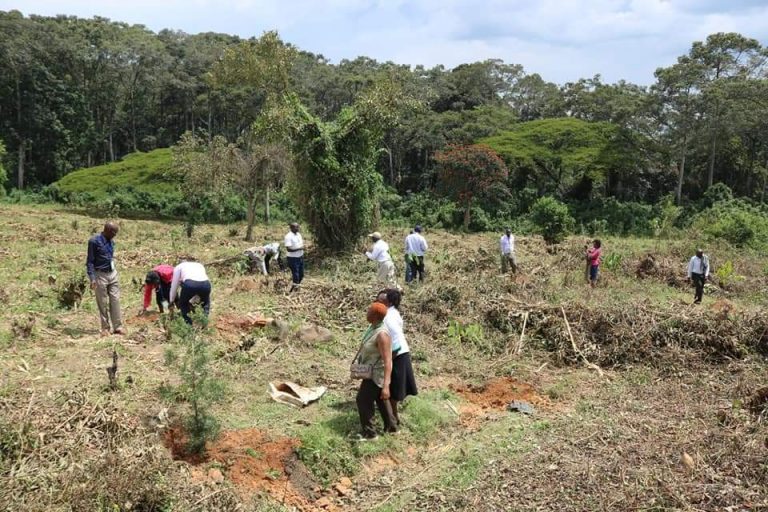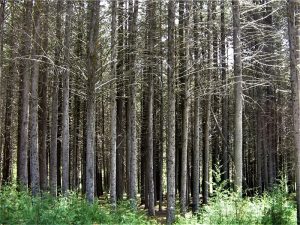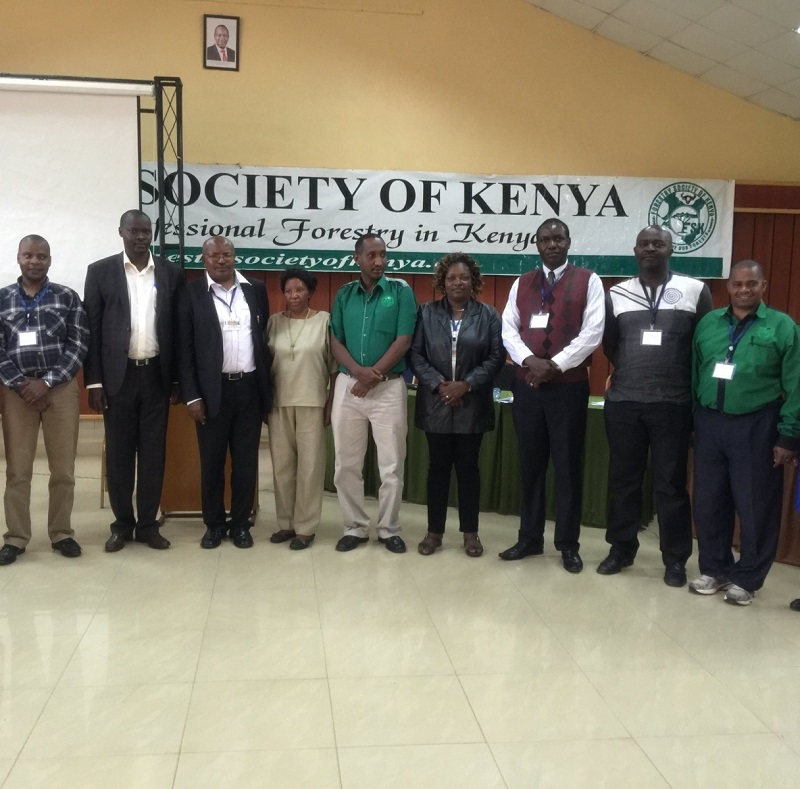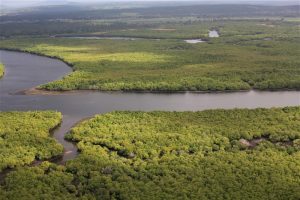By Mercy Njane
The short rains are here and people are rushing against the clock to plant as many trees as they can before the season is over. Government agencies, institutions, and organizations are all launching tree planting initiatives to take advantage of the short rains in the country. The degraded forests are being restored with the help of government and non-government agencies and organizations who are providing the much-needed resources for the restoration and rehabilitation exercises.
The Ministry of Environment and Forestry launched the National Short Rains Tree Planting Campaigns which aim at planting 50 million trees during these short rains. The campaign is as a result of the collaboration between government agencies, corporates and the private sector. This is among the many initiatives that have been launched to help increase the country’s tree cover with a target of 10% by 2022.
These initiatives are well thought of and come at a time when the country needs to increase the tree cover to help adapt to and mitigate against the negative impacts of climate change. However, most of these initiatives fail due to lack of proper planning and execution. Most people have no knowledge of the type of tree species needed for a given area and those that know are ignorant. They plant the trees available without considering the effects after.
Most people pay little to no attention to what happens after the trees are planted. They just purchase the seedlings from various vendors, plant and leave the grounds after the ceremonies and the cameras stop rolling never to set foot in the place again. A lot of money is used to purchase the seedlings and prepare the land but what about the post-planting budget? Most people overlook the post-planting activities that are needed to ensure the survival of the trees.
Tree planting projects, like any other project, should involve strategic planning that occurs before, during, and after the planting ceremonies. Before planting, there is a need to carry out a site-species matching. This involves matching the right tree species to a specific ecological area. Various factors including the geographical location, soil type, climatic conditions among others play a role in the survival of trees.
Site-species matching is crucial for each restoration projects as it helps determine the type of indigenous or exotic tree species needed for certain forest land. It offers a variety of tree species to plant in an area. Kenya Forestry Research Institute (KEFRI) offer this information on the type of tree species to be planted in a specific area and members of the public can access this prior to planting even on their own farms.
During the planting activities, consultation with foresters and experts is crucial. They offer the technical expertise on how to plant, the spacing needed, the planting format, among other needed guidelines that are vital to the tree growth. Government agencies, institutions, corporates and other organizations carrying out massive tree planting activities should seek technical expertise from the professional foresters to ensure that planting is done appropriately.
Post-planting is the most crucial stage of tree planting activities. After the cameras stop rolling and the ceremonies end, their work begins. The trees planted need to be managed and maintained. Unfortunately, most people that carry out tree planting activities do it as a formality or directive and overlook this step. After the ceremony, most sites are left unattended to, leading to the death of the tree seedlings planted.
After planting, the trees need to be maintained. Mulching, watering, weeding, replacement, among others, are some of the activities that need to be done after the trees are planted. This help increases the chances of survival of the trees. Lack of management activities leads to a survival rate of less than 10% in some areas.
Tree planting should not be done due to a directive offered or a PR stunt. The activity has more benefits to the environment if well executed. The millions of tree seedlings that will be planted this short rains season, if well maintained can bring us closer to attaining the 10% tree cover as stipulated in the constitution.
It can create jobs for the many unemployed youths in the country. The youths can be engaged in the maintenance of the trees planted following training by relevant bodies and professionals on management techniques.
Therefore, government and non-government agencies, institutions, organizations, private sectors and individuals conducting massive tree planting exercises during this season should have proper planning for post-planting activities. They should have a budget set aside for the activities to be conducted after the ceremonies are over to ensure that the survival rates are high.
Institutions such as Forestry Society of Kenya and other major organisation such as KFS should offer technical expertise to train the managers and workers who will be in charge of maintaining the areas and ensuring that proper tree management techniques are followed. Also, other restoration strategies that are more cost-effective such as natural regeneration should be considered. This can be achieved by limiting disturbance of the forest areas and allowing nature to regenerate on its own.
Going forward, forest restoration initiatives involving massive tree planting should have properly structured restoration plans with mapped areas that need restoration, site species matching, long-term monitoring and evaluation techniques, and also resource mobilization plan for the initiatives. This will ensure that once the project commences plans are there to see it to completion.
Tree planting exercise should be purposeful going beyond meeting a target or a formality and should be carried out and managed in the correct manner. This will avoid wastage of resources and ensure that the survival rate is increased. The success of the tree planting initiative should be based on the number of trees that survived to ensure that the same effort given in the planting of the trees is given to maintain them.





